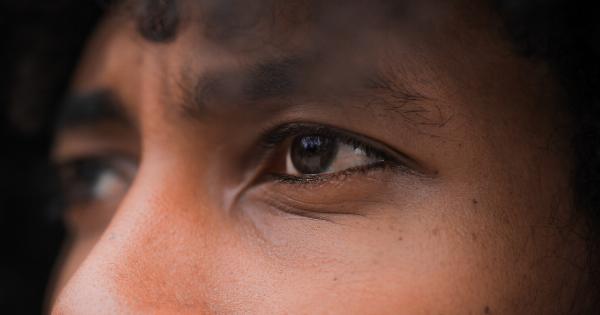Blepharitis is a common eye condition characterized by inflammation of the eyelids. It can be caused by various factors, including bacterial infections, allergies, and skin conditions.
This article will discuss the diagnosis, symptoms, and management of blepharitis, to help individuals understand and effectively treat this condition.
Diagnosis
Diagnosing blepharitis typically involves a comprehensive eye examination conducted by an eye care professional. The examination may consist of:.
- An evaluation of the patient’s medical history, including any previous eye conditions or allergies.
- An examination of the eyelids, focusing on their appearance and texture.
- An assessment of the eyelash follicles, looking for signs of infection or inflammation.
- An evaluation of the tear film, which may involve testing the quantity and quality of tears produced.
In some cases, additional tests may be conducted, such as a swab culture to identify the specific bacteria causing the infection.
Symptoms
The symptoms of blepharitis can vary from mild to severe and may include:.
- Redness and swelling of the eyelids
- Itching or a burning sensation
- Gritty or watery eyes
- Sensitivity to light
- Crusting or flaking of the eyelashes
- Blurred or decreased vision
- Foreign body sensation
These symptoms may come and go, and their severity can be influenced by various factors, such as eye hygiene, exposure to allergens, and the presence of other underlying eye conditions.
Management
The management of blepharitis focuses on controlling symptoms and reducing inflammation. Treatment options may include:.
- Eyelid Hygiene: Regular eyelid cleansing with warm water and mild soap or a specialized eyelid cleanser can help remove debris and bacteria, reducing the risk of infection and inflammation.
- Warm Compresses: Applying warm compresses to the eyelids can help dissolve oil secretions and relieve symptoms.
- Medicated Eye Drops: Depending on the underlying cause and severity of blepharitis, an eye care professional may prescribe antibiotic or anti-inflammatory eye drops to control the infection or inflammation.
- Anti-inflammatory Medications: In some cases, oral medications may be prescribed to reduce inflammation and relieve symptoms.
- Management of Underlying Conditions: If blepharitis is caused by an underlying skin condition or allergies, treating these conditions may help manage and prevent recurrence of blepharitis.
It is important to follow the recommended treatment plan and maintain good eye hygiene to effectively manage blepharitis. Additionally, any contact lenses or eye makeup should be thoroughly cleaned or replaced to avoid contamination.
Prevention
While the exact cause of blepharitis is often unknown, certain preventive measures can help reduce the risk of developing the condition or experiencing recurring episodes:.
- Keep eyelids clean and free from debris by gently washing them daily with warm water and a mild cleanser.
- Avoid rubbing or touching the eyes excessively.
- Remove all eye makeup before going to bed to prevent clogged oil glands along the eyelids.
- If using contact lenses, follow proper hygiene practices and ensure they are cleaned thoroughly.
- Protect the eyes from irritants and allergens, such as smoke and dust.
- Manage underlying skin conditions or allergies with appropriate treatment measures.
Regular eye examinations are also crucial to detect and manage blepharitis at an early stage.



























